Sign up for workout ideas, training advice, reviews of the latest gear and more.

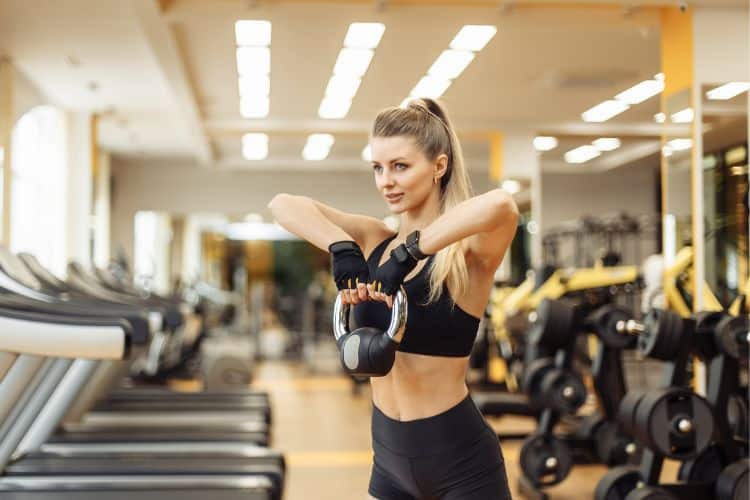
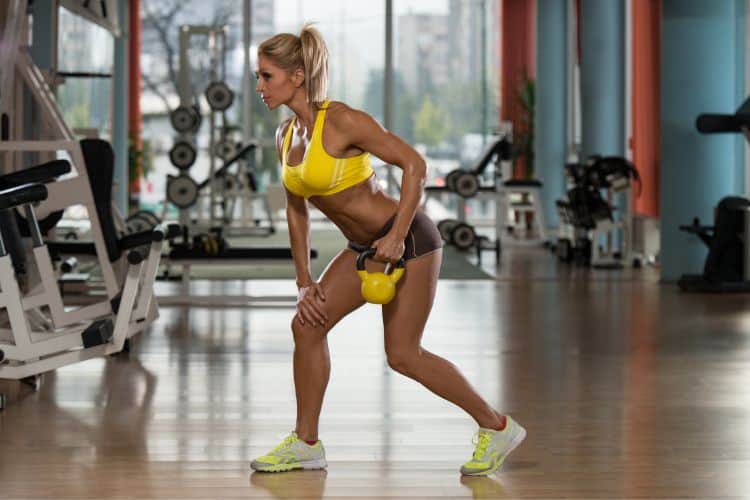
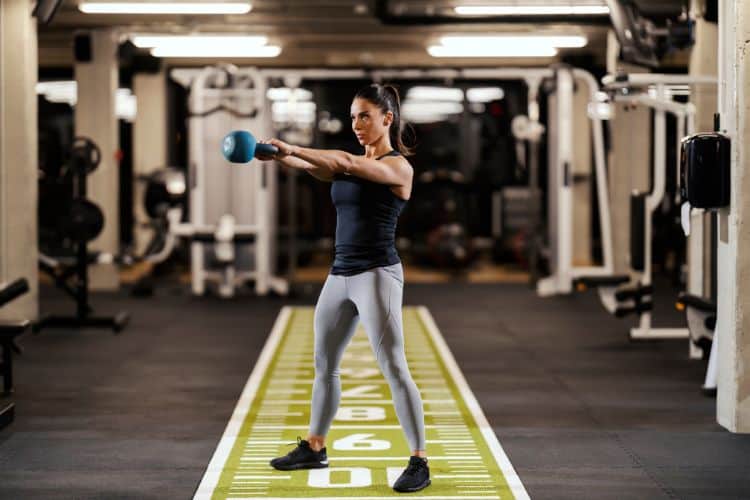
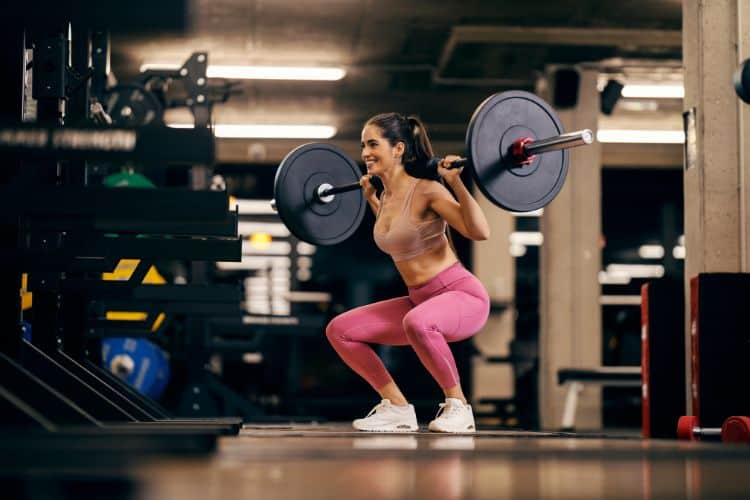
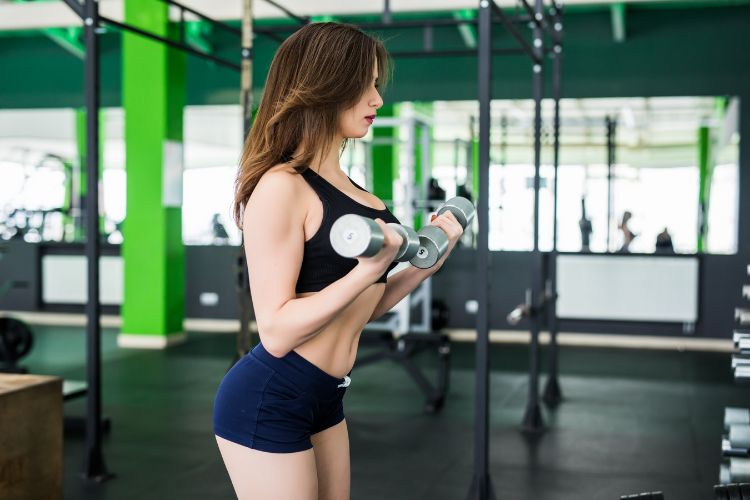
If you’re looking to build bigger arms and improve upper body strength, dumbbell curls should be a staple in your workout routine. This classic exercise targets the biceps brachii, strengthens the forearms, and improves overall arm aesthetics. Whether you’re a beginner or an experienced lifter, dumbbell curl workouts offer incredible variety and scalability for consistent muscle growth. In this comprehensive guide, we’ll explore the benefits, proper form, variations, and tips to help you master the dumbbell curl.
The primary reason most people perform dumbbell curls is to grow their biceps. The isolation of this muscle allows for direct and concentrated stimulation, making it easier to promote hypertrophy (muscle growth).
Using dumbbells instead of barbells ensures each arm works independently. This prevents one side from compensating for the other, leading to improved symmetry and balanced muscle development.
While the biceps are the main target, dumbbell curls also engage the forearms and stabilizer muscles in the shoulders. This contributes to overall arm strength and functional movement in daily life or sports.
Before exploring the many variations of the DC, it’s essential to master the basic form to avoid injury and ensure maximum muscle activation.
Mixing up your dumbbell curls with variations ensures continual progress and prevents training plateaus. Here are the most effective dumbbell curl variations:
This version involves curling one arm at a time, which increases focus and control.
How to Do It:
Benefits: Enhances mind-muscle connection and prevents overcompensation by the dominant arm.
This targets the brachialis and brachioradialis muscles in addition to the biceps.
How to Do It:
Benefits: Builds thicker arms and improves forearm strength.
Performed seated, this isolates the bicep for maximum contraction.
How to Do It:
Benefits: Great for peak bicep contraction and mind-muscle connection.
This combines a standard curl and a reverse curl in one rep.
How to Do It:
Benefits: Targets both the biceps and the forearms in a single movement.
Done on an incline bench, this provides a greater stretch and range of motion.
How to Do It:
Benefits: Puts constant tension on the biceps and emphasizes the long head.
Here’s a sample dumbbell bicep workout you can follow to maximize gains. Perform this 1–2 times per week as part of your arm day or upper body split.
Gradually increase weight, reps, or sets over time to stimulate growth. Don’t just lift heavier—slow down your reps, add pauses, or increase time under tension.
Lifting too heavy often leads to swinging or using momentum. Perfect form ensures your biceps are doing all the work.
To increase hypertrophy, train your biceps twice a week with at least 48 hours of rest between sessions.
Lower the dumbbell slowly to increase muscle damage, which is essential for growth. A 3–4 second descent can significantly enhance gains.
Avoid swinging your upper body or jerking the dumbbells. This takes the focus off the biceps and increases injury risk.
Ensure you lower the dumbbell fully and achieve a strong contraction at the top for complete muscle activation.
Keep your elbows close to your sides. If they move forward or outward, you’re engaging the shoulders too much.
Defined biceps enhance the overall appearance of your upper body, which is especially noticeable in fitted clothing or athletic gear.
Curls train your arms for real-world tasks like carrying groceries, lifting children, or doing manual labor.
Strong biceps help support the shoulder joint and reduce strain during pulling motions, making everyday tasks safer.
While dumbbell curls are a fantastic isolation exercise, they should be part of a well-rounded upper body routine. Here’s how to incorporate them:
Combine dumbbell curls with triceps exercises like overhead extensions or skull crushers for a complete arm session.
Pair DC with compound pulling exercises like dumbbell rows or chin-ups for an efficient workout.
Ideal for home gyms. Let you quickly change weights for different curl variations or progressive overload.
Stable and durable. Great for both home and commercial gym settings.
Look for handles with good knurling or a rubberized grip to improve comfort and control.
Absolutely. Dumbbell curls are one of the most effective and accessible exercises for developing stronger, more muscular arms. With consistent training, proper technique, and progressive overload, dumbbell curls can deliver impressive gains in both size and strength.
Whether you’re training for aesthetics, athletic performance, or functional fitness, incorporating a variety of dumbbell curl workouts into your routine will give you lasting results. Keep challenging your biceps with new angles, tempos, and rep schemes, and watch your arm strength and shape improve with every session.
Stay up to date on the latest women’s health, fitness and lifestyle trends and tips.